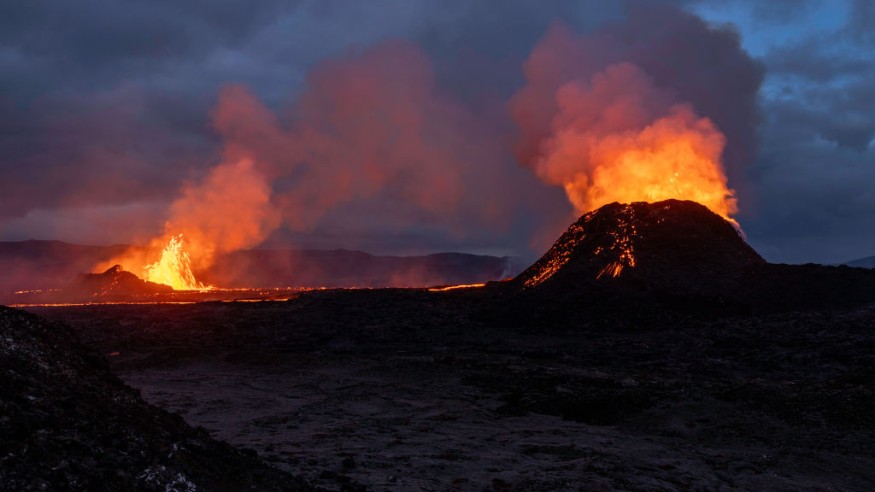The continuous volcanic eruptions in Iceland have raised the level of sulfur dioxide in Scotland's atmosphere. On the Reykjanes Peninsula in Iceland, there was a fresh fissure eruption. This was the fifth eruption in a sequence that started in December 2023, close to the town of Grindavik.
The eruption's effect on the United Kingdom's air quality was initially considered to be negligible because it was not explosive, making it only a local worry. On the morning of May 31, however, climatic conditions sent sulfur dioxide (SO2) levels in Scotland skyrocketing to levels not seen since the 1970s.

On the evening of May 30, the Scottish Environment Protection Agency's (SEPA) national volcanic emissions network first noted a rise in SO2. The plume proceeded southward in the early hours of May 31 and peaked in Scotland's Central Belt at 6 a.m. The highest concentration recorded at St. Leonard's in Edinburgh was 1161 µg m-3.
The high SO2 levels were identified by UKCEH researchers using a mix of modeling data and observations, suggesting a strong possibility that the Icelandic volcano is to blame for the elevated levels.
The sequence of events was corroborated by the UKCEH's EMEP4UK atmospheric chemistry transport computer model application, suggesting that the UK might have been completely missed by the SO2 emissions if the eruption had happened in a different way.
The fact that far greater SO2 concentrations were measured than previously reported in the UK set this apart from earlier episodes and beyond those of recent Icelandic eruptions.
The volcanic plume contained a variety of other gases in addition to significant SO2. Our researchers are currently delving deeper into the plume's composition.
This incident did not exceed workplace exposure guidelines or provide a serious health concern, even though it surpassed Edinburgh's air quality objectives for ten hours. Our modeling work assisted in forecasting that this plume would swiftly cross the United Kingdom.
One of the planet's most active volcanic regions is Iceland. The Reykjanes Peninsula is dominated by a rift valley with lava fields and cones, rather than a dominant volcano.
Dangers To Health
According to a blog post on the UKCEH website, SO2 is "an air pollutant from the past." In fact, Edinburgh's moniker "Auld Reekie" originated from its prominent place on the historical air pollution roster.
Notoriety be damned, it was also a major factor in the 1980 acid rain. Following the implementation of several global corrective actions, the UK's SO2 emissions have decreased by 98% since 1970.
Sulfur dioxide has the potential to cause chemical reactions that result in the production of PM2.5, or tiny airborne particles that are dangerous to human health. PM2.5 concentrations during this event remained substantially below levels of concern, according to measurement and model data.
Additionally susceptible to sulfur dioxide are ecosystems. Again, though, the plume's transient nature suggests that damage was probably modest.
This incident will offer important new information about how accurately volcanic eruptions affect the environment and public health.
Related Article : Iceland Faultine: Volcanic Eruption Confirms Boundary Between Tectonic Plates Has Awakened After 800 Years
© 2026 NatureWorldNews.com All rights reserved. Do not reproduce without permission.





